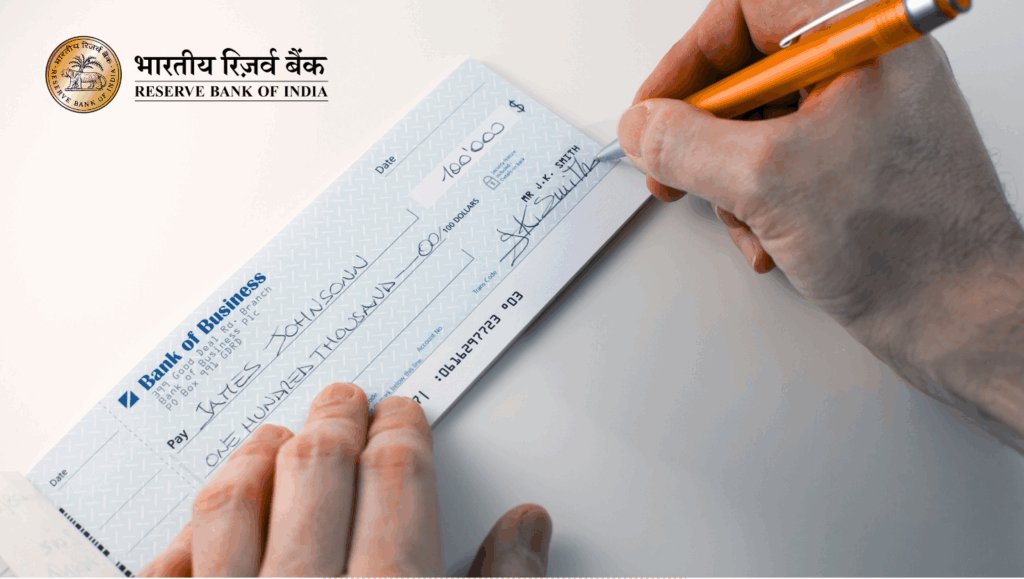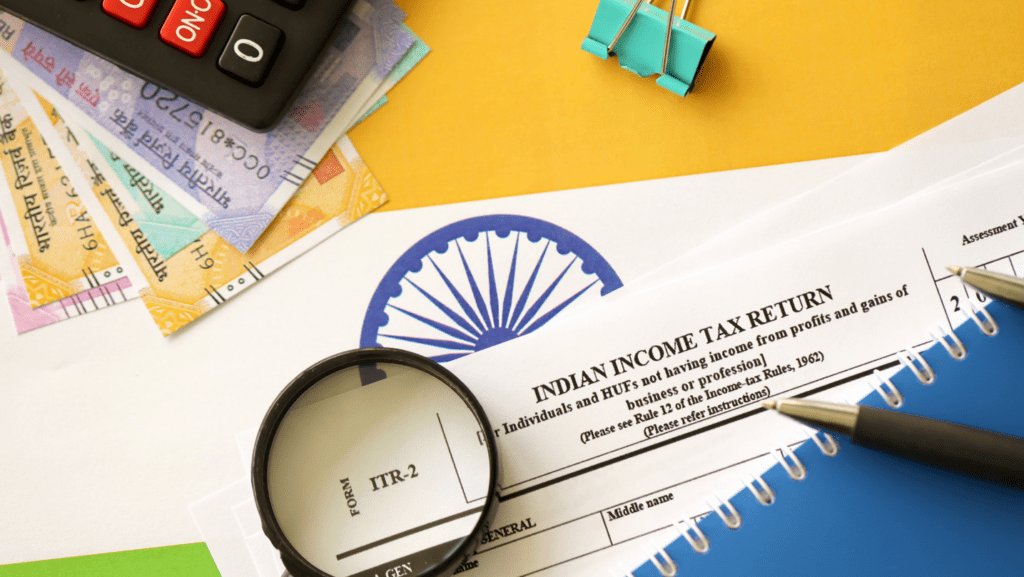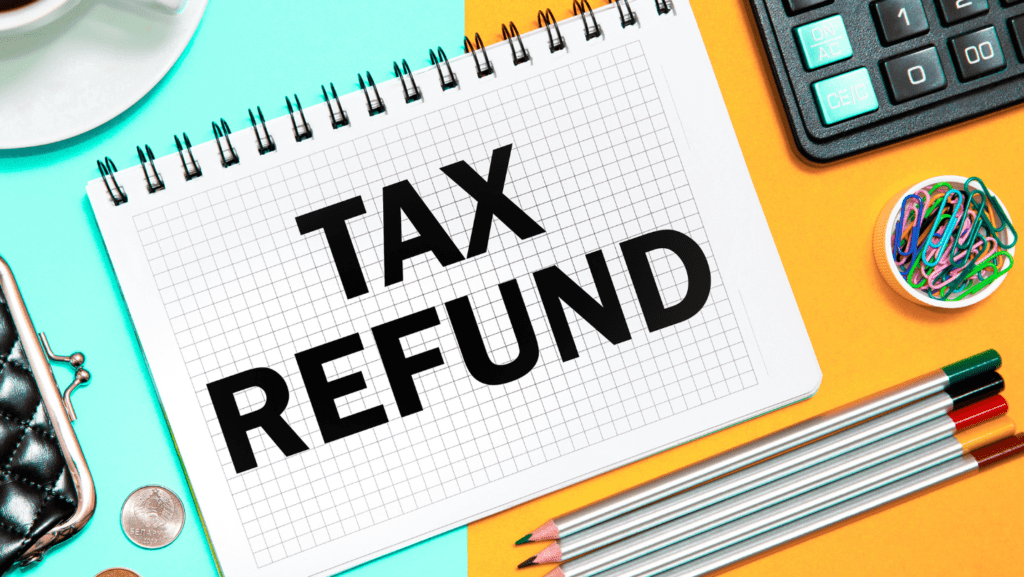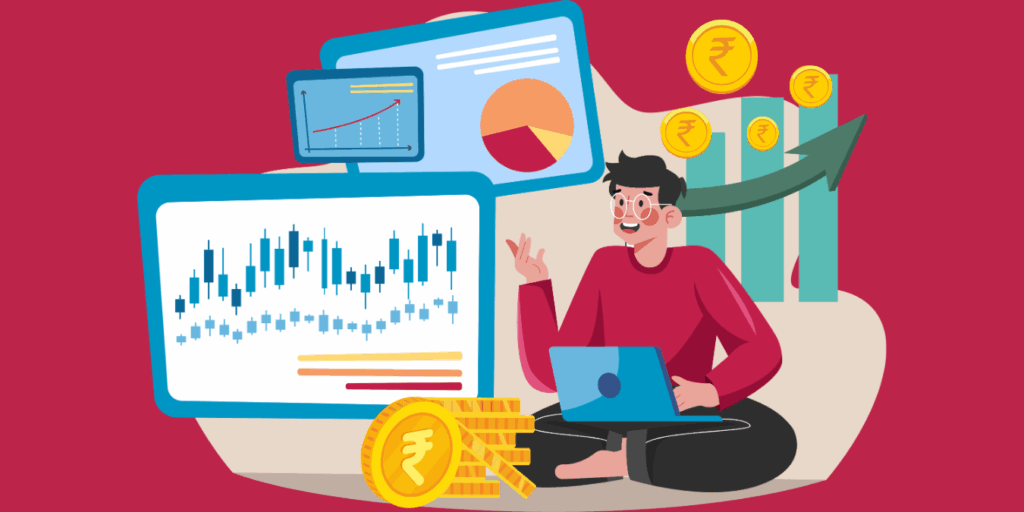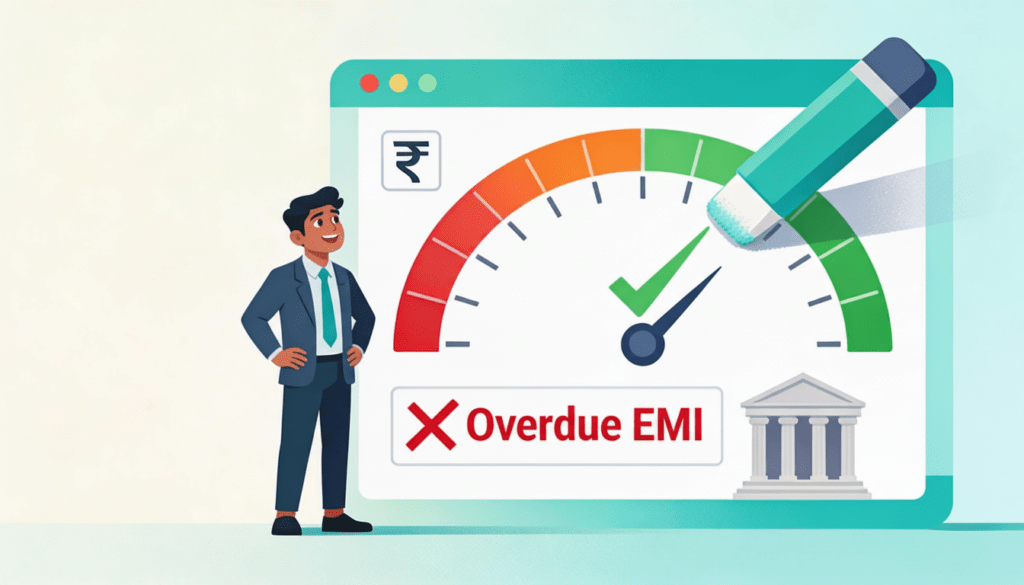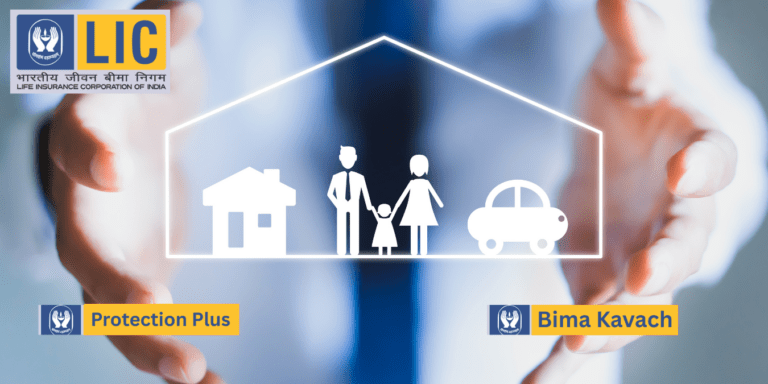
Is term insurance in your fifties a financial shield or a costly trap? In India’s life expectancy at 72.48, and insurance premiums are soaring to INR 10.1 trillion, this question haunts many. Discover shocking benefits like Rs. 16/day for Rs. 1 Cr cover, tax perks, and critical illness riders, but beware hidden hurdles—higher premiums and strict medical tests.
You have just celebrated your 50th birthday, surrounded by family cheers and quiet reflections. Your career is at its peak, your children are chasing their dreams, and retirement looms enticingly close. But amidst the joy, a nagging question whispers in your mind—what if life throws an unexpected curve? Could your loved ones sustain their lifestyle without your income? This dilemma haunts many Indians entering their fifties, especially in 2025, where rising life expectancy and economic uncertainties make financial planning more critical than ever. With India’s life insurance sector projected to reach a gross written premium of INR 10.1 trillion by 2025, is buying term insurance in your fifties a savvy shield or a costly misstep? Buckle up as we unravel this suspenseful puzzle, packed with the latest data, pros, cons, and insights on term insurance for seniors in India, best term plans at 50, critical illness riders, tax benefits, and more.
Term insurance, often hailed as the purest form of life protection, offers a high sum assured for affordable premiums, focused solely on death benefits with no maturity payouts. In India, where insurance penetration hovers around 3-4% despite rapid growth, term plans stand out for their simplicity and cost-effectiveness. But for those in their fifties, the decision isn’t black-and-white. The stakes are higher, the premiums steeper, and the choices more nuanced. Will the benefits outweigh the hurdles in this age bracket? Let’s dive deeper, building curiosity and suspense as we explore whether term insurance at 50 is your financial fortress or a trap to avoid.
Understanding Term Insurance: The Foundation of Financial Security
Before weighing whether term insurance for Indians in their fifties is a wise choice, let’s grasp its essence. A term insurance plan provides a lump-sum payout to your nominees if you pass away during the policy term. Unlike endowment plans or Unit-Linked Insurance Plans (ULIPs), it skips investment components, focusing purely on protection. In 2025, with India’s life expectancy climbing to approximately 72.48 years (up from 70.82 in prior estimates), term plans offer coverage extending to 80, 85, or even 100 years, safeguarding against longevity risks.
For Indians, term insurance resonates amid low savings rates and high dependency ratios. The Insurance Regulatory and Development Authority of India (IRDAI) reports a 5.1% growth in new business premiums for life insurers in FY 2025, reaching INR 3,05,912 crore by January. This boom underscores rising awareness, yet only 37% of Indians have health coverage, hinting at significant gaps in life protection. Search trends for best term insurance plans India 2025 are surging, with options like Tata AIA’s Rs. 501/month for Rs. 1 crore cover or ICICI Pru’s Rs. 432/month deals catching attention.
But here’s the hook that keeps you guessing: At 50, does this shield fit perfectly, or does it pinch with higher costs and limitations? The suspense builds as we explore the compelling benefits that might make term insurance a game-changer for you.
The Compelling Benefits: Why Term Insurance in Your Fifties Could Be a Game-Changer
Entering your fifties doesn’t dim the need for financial protection; it amplifies it. Many assume it’s too late to buy term insurance, but 2025 data begs to differ. Insurers like Bajaj Allianz and Kotak Life emphasize there’s no “right age”—sooner is better, but your fifties remain a viable window. Here’s why buying term insurance at 50 in India sparks interest and could be a financial lifeline:
1. Financial Fortress for Dependents
At 50, you might still be supporting aging parents, a spouse nearing retirement, or children navigating higher education or weddings. A term plan ensures a substantial payout—say Rs. 1 crore—that covers these expenses without forcing your family to dip into savings or sell assets. HDFC Life highlights that term insurance secures outstanding debts like home loans, preserving your family’s financial stability. With India’s average life expectancy at 70.95 years for men and 74.13 for women, coverage until 75-80 bridges critical years.
Real-Life Example:
A 52–year-old Mumbai executive, post a heart scare, opted for a Rs. 50 lakh term plan at just Rs. 8/day, ensuring his family’s future was secure. This affordability and peace of mind make term insurance a compelling choice.
2. Affordable Premiums Despite Age
Yes, premiums rise with age, but 2025 brings competitive rates even for those in their fifties. For a 50-year-old non-smoker, Policybazaar lists Rs. 16/day for Rs. 1 crore cover—approximately Rs. 5,840 annually. Compare this to younger ages: a 30-year-old pays Rs. 487/month, but at 50, it’s still budget-friendly compared to whole life policies, which can cost 2-3 times more. Non-Resident Indians (NRIs) are also jumping in, with purchases doubling between FY22 and FY26, saving 40-50% by buying from India due to lower premiums.
3. Tax Perks and Enhanced Riders
Premiums qualify for deductions under Section 80C of the Income Tax Act (up to Rs. 1.5 lakh), and death benefits are tax-free under Section 10(10D). Adding riders like critical illness cover (e.g., Rs. 25 lakh for conditions like cancer or heart attack) or accidental death benefits enhances value. With medical inflation in India at 14% in 2025, these riders act as a financial buffer against health shocks, making term plans more than just life cover.
4. Peace Amid Economic Shifts
India’s life insurance market ranks 10th globally, with a projected 10-12% annual growth through 2030. For those in their fifties, this translates to better products with high claim settlement ratios, like Tata AIA’s 99.41% or HDFC Life’s 99.7%. These plans offer flexibility, such as payout options (lump sum or monthly income), ensuring tailored security.
The benefits paint a rosy picture, but suspense lingers: Are there hidden pitfalls that could derail this decision? Let’s pivot to the drawbacks that add a twist to the tale.
The Hidden Hurdles: Drawbacks of Buying Term Insurance After 50
Just when the benefits seem irresistible, reality bites. Buying term insurance in your fifties in India comes with suspenseful challenges that demand scrutiny. The decision isn’t as straightforward as it seems, and here’s why:
1. Higher Premiums Due to Age
Premiums for a 50-year-old can be 2-3 times higher than for a 30-year-old due to elevated mortality risks. For instance, a Rs. 1 crore cover might cost Rs. 18,000-25,000 annually at 50, compared to Rs. 5,000-10,000 at 30. A five-year delay in purchasing can increase lifetime premiums by lakhs, as noted by experts. This cost escalation can strain budgets, especially if you’re nearing retirement.
2. Stringent Health Scrutiny
Insurers demand comprehensive medical彼此
medical tests for applicants over 50, and pre-existing conditions like diabetes (affecting 77 million Indians) or hypertension can lead to premium hikes or policy rejections. Aviva India and other insurers cap entry ages at 65-70, and underwriting tightens significantly post-50, often requiring tests like CBC, Lipid Profile, or HbA1C. Failing these can limit options or inflate costs.
3. Shorter Policy Tenure
While younger buyers can secure coverage up to 99 or 100 years, those in their fifties face shorter tenures, typically up to 75-85 years. With India’s life expectancy at 72.48 years, this could leave gaps in coverage if you outlive the policy term, especially if healthy life years lag at 58.1.
4. No Maturity Benefits
Term insurance is a pure protection plan, meaning no returns if you outlive the policy. For those with substantial savings (e.g., Rs. 80 lakh in a Public Provident Fund, as seen in some Reddit discussions), premiums may feel like a sunk cost compared to investment options like mutual funds offering 12-15% returns. This opportunity cost can be a deterrent for corpus-rich seniors.
5. Opportunity Cost of Premiums
Funds tied up in premiums could alternatively grow in investments like equity mutual funds, which have historically delivered 12-15% returns in India. With inflation at 5-6% in 2025, the long-term financial impact of diverting funds to insurance can be significant, especially if your financial obligations are minimal.
The suspense thickens: Despite these hurdles, NRIs are doubling down on term insurance purchases from India, lured by premiums 40-50% cheaper than abroad. So, when does it make sense for you? Let’s dive into the latest 2025 data to resolve this tension.
Latest Data: Trends Shaping Term Insurance Decisions
India’s life insurance landscape is vibrant, with new business premiums surging 13% in May to Rs. 30,463 crore. Term plans dominate due to their affordability and flexibility, with top picks including:
- Max Life Smart Secure Plus: 99.65% claim settlement ratio, critical illness cover for 64 diseases.
- HDFC Life Click 2 Protect Super: 99.7% claim ratio, flexible payout options.
- ICICI Pru iProtect Smart: Rs. 432/month for Rs. 1 crore, 99.3% claim ratio.
- Tata AIA Sampoorna Raksha Supreme: Rs. 501/month, whole life cover up to 100 years.
- Bajaj Allianz Smart Protect Goal: Rs. 15/day, 99.29% claim ratio, 55 critical illnesses covered.
For those in their fifties, premiums for a Rs. 50 lakh cover range from Rs. 3,000-7,000 monthly, depending on health and lifestyle. IRDAI data shows an 11% Annual Premium Equivalent (APE) CAGR from 2023-2025, reflecting strong market growth. Globally, 60% of people have life cover, but India lags at ~30%, with 514 million under health schemes but life insurance trailing. Healthy life expectancy at 58.1 years fuels demand for critical illness riders, with claims up 25% in 2025.
Curiosity peaks: With such gaps in coverage, term insurance at 50 could be a critical bridge. But how do you choose wisely?
Key Factors to Consider: Making an Informed Choice
The suspense resolves here: Your decision hinges on personal circumstances. Here are key factors to weigh when choosing term insurance in your fifties:
- Assess Dependency Needs: If you have dependents (spouse, children, parents) relying on your income, buy now to lock in premiums before health declines further. A Rs. 1 crore cover ensures they maintain their lifestyle, covering debts or education costs.
- Compare Plans: Use platforms like Policybazaar to compare premiums, claim settlement ratios (aim for >98%), and rider options. For example, Tata AIA’s 99.41% claim ratio and Bajaj Allianz’s Rs. 15/day plans are top contenders for 2025.
- Opt for Optimal Tenure: Choose 10-25 year terms to cover peak dependency years (e.g., until children are independent or loans are paid). Whole life options (up to 100 years) suit those wanting lifelong security, like Tata AIA’s offerings.
- Health and Lifestyle: If healthy and a non-smoker, premiums stay lower. Disclose all conditions during medical tests to avoid claim rejections. Women and non-smokers often get discounts, as seen with ICICI Pru’s plans.
- Riders for Added Value: Critical illness riders (covering 50-64 diseases) and accidental death benefits are crucial, given 14% medical inflation. These ensure payouts for health crises without terminating the policy.
- Tax and Financial Planning: Leverage Section 80C and 10(10D) benefits to reduce tax liability. Compare premiums against investment returns (e.g., mutual funds at 12-15%) to ensure alignment with your financial goals.
Comparison Table: Pros vs. Cons of Term Insurance at 50
| Aspect | Pros | Cons |
| Premiums | Affordable: Rs. 16/day (~Rs. 5,840/year) for Rs. 1 Cr cover (Policybazaar, 2025). Competitive rates for non-smokers; NRIs save 40-50% vs. abroad. | Higher than younger ages: 2-3x costlier (Rs. 18,000-25,000/year for Rs. 1 Cr vs. Rs. 5,000-10,000 at 30). 5-year delay can add lakhs to lifetime cost. |
| Coverage | High sum assured (up to Rs. 1 Cr) secures dependents, debts (e.g., home loans). Tax benefits under Section 80C (Rs. 1.5 lakh) and 10(10D). Covers till 75-85 years. | Shorter terms (10-25 years) vs. 99-100 years for younger buyers. May not cover full lifespan (India’s life expectancy: 72.48 years). |
| Health Impact | Riders for critical illness (e.g., Rs. 25 lakh for 50-64 diseases) and accidents enhance protection. Suits 14% medical inflation (2025). | Strict medical tests required; pre-existing conditions (e.g., diabetes, affecting 77M Indians) may hike premiums or lead to rejections. Underwriting tightens post-50. |
| Overall Value | Secures family (spouse, kids, parents), especially for education/wedding costs. High claim ratios (e.g., Tata AIA 99.41%, HDFC Life 99.7%). Peace of mind. | No maturity benefits if policy outlived; premiums feel wasteful with large corpus (e.g., Rs. 80L in PPF). Funds could yield 12-15% in mutual funds vs. 5-6% inflation. |
Source: IRDAI, 2025 data.
Alternatives: When Term Insurance Isn’t Ideal
If the drawbacks of term insurance deter you, consider alternatives tailored for seniors:
- Whole Life Insurance: Offers lifelong coverage and maturity benefits, unlike term plans. However, premiums are 2-3 times higher, and returns may lag behind market-linked investments (e.g., mutual funds at 12-15%).
- Senior Citizen Plans: Tata AIA and others offer specialized plans for those over 60, with relaxed medical requirements but lower sum assured (e.g., Rs. 25-50 lakh). These suit those with minimal dependencies.
- Investment Options: If you have a substantial corpus (e.g., Rs. 80 lakh in PPF), redirect funds to mutual funds or fixed deposits for higher returns, provided dependents are financially secure.
The choice depends on your financial obligations and risk appetite. Term insurance shines for pure protection, but whole life or investments may suit those with fewer dependencies.
Final Thought: The Verdict on Buying Term Insurance in Your Fifties
In dynamic India, buying term insurance in your fifties isn’t just possible—it’s prudent if you have dependents relying on your income. The benefits of family security, tax savings, and affordable premiums (e.g., Rs. 16/day for Rs. 1 crore) outweigh drawbacks for many, especially with life expectancy rising to 72.48 years. Competitive plans from Tata AIA, HDFC Life, ICICI Pru, and Bajaj Allianz offer high claim ratios (98-99.7%) and riders for critical illnesses, making them robust choices. However, if you’ve built a substantial corpus or have minimal financial obligations, the opportunity cost of premiums might tilt you toward investments or whole life plans.






